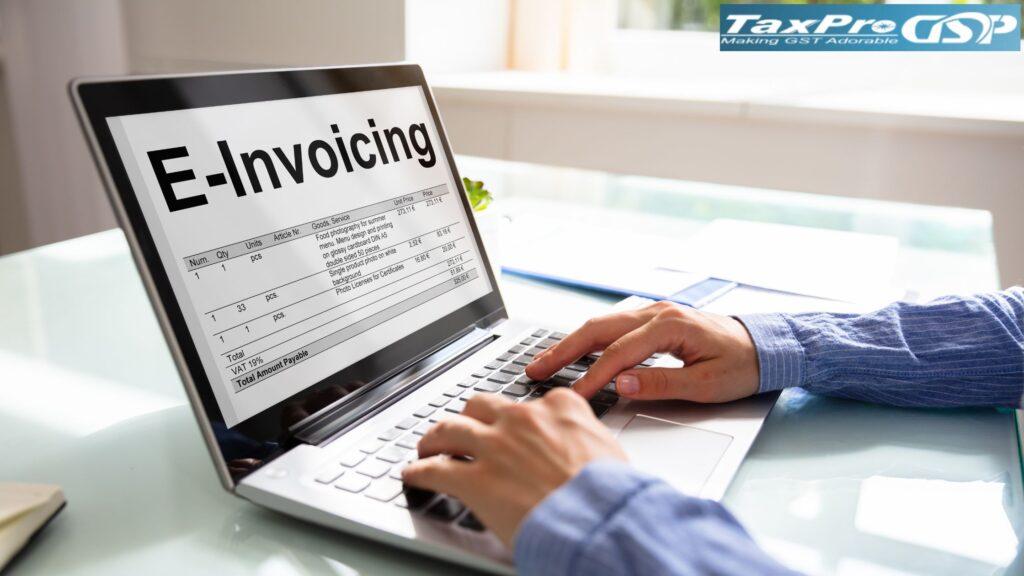When doing business in India, you must send out a correct GST Invoice. Whether you are selling goods or providing services, if you are registered under GST, you must issue an invoice. An invoice serves as a record of the sale. Still, it is also necessary for tax reporting, as supporting evidence of a claim for input tax credit, and to meet the compliance obligations required under GST law.
The valid GST Invoice must display certain details to be considered valid by the Government, and if these details are omitted the invoice may not be accepted under GST audits or as adequate supporting evidence by recipients claiming input tax credit.
Let’s see what these necessary elements are.
List of Essential Components in a Good GST Invoice
1. Invoice Number and Date
Each GST bill must have its specific number. This number must be serial and can include letters, numbers, or special characters like a dash or a slash (e.g., INV/001 or 2025-001). Along with this, the date on which the invoice is issued must also be clearly mentioned.
2. Details of the Supplier
You need to provide your business details including:
- Name
- Full address
- Contact details
- GSTIN (Goods and Services Tax Identification Number)
This helps in identifying the seller and proves that the invoice is being issued by a registered business.
3. Details of the Recipient
If your buyer is also a registered taxpayer, then:
- Name
- Billing address
- Shipping address (if different)
- GSTIN (if available)
If the buyer is not registered, just the name and address are fine.
4. Description of Goods or Services
Include these:
- The name or description of goods/services
- HSN Code (for goods) or SAC Code (for services)
- Quantity (in the case of goods)
- Unit price
- Total value before tax
Make sure the description is specific enough for both parties to understand what is being charged for.
5. Tax Details
This section is crucial. You have to break down the tax being charged, which includes:
- Rate of GST (IGST, CGST, SGST)
- Amount charged for each tax component
For instance, if you are supplying goods within the same state, then CGST and SGST will be charged. If goods or services are sold from one state to another, then IGST taxes will be charged.
6. Total Invoice Value
After calculating the product or service value and adding the GST amount, you need to mention the total value of the invoice. This is the final amount that the buyer has to pay.
7. Place of Supply
This shows where the goods or services are delivered, especially for inter-state sales. It helps decide if CGST+SGST or IGST will apply to the transaction.
8. Signature or Digital Signature
A valid GST invoice should be signed by the authorized person of the seller’s business. It can be a physical signature or a digital one if the invoice is sent online.
9. Optional but Useful Info
Including these optional details can make your invoice look more professional:
- Buyer’s purchase order number
- Payment terms
- Delivery date
- Reverse charge applicability (if any)
Final Thoughts
Overall, the GST invoice bill is a necessary document for businesses operating under the Goods and Services Tax System. It often works as evidence of a transaction, facilitates tax compliance, and allows the claiming of Input Tax Credit. By sticking to the prescribed format, including mandatory fields, and practicing the best invoicing processes.
Moreover, GST invoice bills help you streamline business operations, and improve tax compliance. This ultimately contributes to the overall growth and efficiency of your business.


